Dealing with a clogged kitchen sink drain can be a frustrating and messy experience. The water won't drain, dirty dishes pile up, and the unpleasant odor becomes unbearable. But don't panic, unclogging a kitchen sink drain is easier than you think. With a few simple steps, you can have your sink draining smoothly again in no time. First, try using a plunger to dislodge the blockage. Fill the sink with enough water to cover the rubber part of the plunger. Place the plunger over the drain and pump it up and down vigorously. This will create suction and hopefully push the blockage through the pipes. If this doesn't work, move on to the next step. Next, use a homemade drain cleaner to dissolve the clog. Mix 1/2 cup of baking soda with 1/2 cup of vinegar and pour it down the drain. Let it sit for a few minutes before flushing it with hot water. The chemical reaction between the baking soda and vinegar will break down the clog. You can also use commercial drain cleaners, but be sure to follow the instructions carefully and use gloves and eye protection. If the clog still persists, it's time to get your hands dirty. Place a bucket under the sink to catch any water and debris, and then remove the drain trap using pliers. Clean out any gunk and buildup from the trap and pipes using a wire brush or a plumbing snake. Once the trap is clean, reattach it and run hot water down the drain to flush out any remaining debris. If these methods don't work, the clog may be further down the pipe. In this case, it's best to call a professional plumber to use specialized tools like a hydro jet or an auger to clear the blockage. Remember to always be cautious when using chemicals and tools to unclog a drain, and never pour grease or oil down the drain as it can solidify and cause clogs. Regularly cleaning your kitchen sink and using a drain stopper can also prevent future clogs.How to Unclog a Kitchen Sink Drain
A double sink in the kitchen can be a time-saving and convenient feature, but it can also be a hassle when both sides get clogged. The good news is that the steps to fix a clogged kitchen sink on both sides are similar to fixing a single sink. First, try using a plunger on one side while covering the other side with a wet towel to create a seal. If this doesn't work, use a drain cleaner or try the baking soda and vinegar method mentioned above. If the clog is still present, remove the drain trap and clean it out as mentioned in the previous section. If the clog is still not cleared, it may be in the branch drain where both sides of the sink connect. In this case, you may need to use a plumbing snake or call a professional plumber to use specialized equipment to clear the clog. As with a single sink, regular maintenance and proper disposal of food scraps can help prevent clogs in a double sink. Using a drain stopper and regularly cleaning the sink can also help keep both sides draining smoothly.How to Fix a Clogged Kitchen Sink on Both Sides
A clogged kitchen sink drain can be a nuisance, but clearing it can be a simple task. Here are a few tips to help you clear a clogged kitchen sink drain. Start by using a plunger to create suction and dislodge the blockage. If that doesn't work, try using a homemade drain cleaner or a commercial drain cleaner. If the clog still persists, remove the drain trap and clean it out using a wire brush or plumbing snake. If the clog is further down the pipe, you may need to call a professional plumber. However, there are a few things you can do to prevent clogs in the future. Avoid pouring grease, oil, and food scraps down the drain, and regularly clean the sink and use a drain stopper to catch debris.How to Clear a Clogged Kitchen Sink Drain
A slow draining kitchen sink can be a sign of a clog or a more serious issue with your plumbing. Here's what you can do to fix a slow draining kitchen sink. First, try using a plunger to dislodge the blockage. If that doesn't work, use a homemade or commercial drain cleaner, or remove the drain trap and clean it out. If the problem persists, the clog may be further down the pipes, and you may need to call a professional plumber. If the sink is still draining slowly after the clog is cleared, there may be an issue with the plumbing vent. This is a pipe that allows air into the plumbing system to help water flow smoothly. If it's blocked or damaged, it can cause slow draining or gurgling noises. In this case, it's best to call a plumber to inspect and repair the plumbing vent.How to Fix a Slow Draining Kitchen Sink
Dealing with a kitchen sink that won't drain can be frustrating, but it's not uncommon. Here are a few steps you can take to fix a kitchen sink that won't drain. Start by checking the garbage disposal. If it's clogged, turn off the power and use tongs or pliers to remove any debris. Next, try using a plunger on the sink to dislodge the blockage. If that doesn't work, use a drain cleaner or remove the drain trap to clean it out. If none of these methods work, the clog may be further down the pipes, and you may need to call a plumber. To prevent future clogs, avoid putting large chunks of food, grease, and oil down the drain, and use a drain stopper to catch debris.How to Fix a Kitchen Sink That Won't Drain
A clogged kitchen sink with a disposal can be a bit trickier to fix, but it's still possible. Here's what you can do to fix a clogged kitchen sink with a disposal. First, check to see if the disposal is clogged. If it is, turn off the power and remove any debris using tongs or pliers. Next, try using a plunger on the sink while covering the disposal drain with a wet towel. If that doesn't work, use a drain cleaner or remove the drain trap and clean it out. If the disposal is still not working, there may be an issue with the disposal itself, and it may need to be replaced. It's best to call a plumber to assess the situation and make the necessary repairs.How to Fix a Clogged Kitchen Sink with Disposal
A clogged kitchen sink with standing water can be a messy and unpleasant experience. Here's what you can do to fix a clogged kitchen sink with standing water. Start by using a plunger to create suction and hopefully dislodge the blockage. If that doesn't work, try using a drain cleaner or remove the drain trap to clean it out. If the clog is still present, the issue may be further down the pipes, and you may need to call a plumber. After the clog is cleared, run hot water down the drain to flush out any remaining debris. To prevent future clogs, avoid putting large food scraps, grease, and oil down the drain, and regularly clean the sink and use a drain stopper to catch debris.How to Fix a Clogged Kitchen Sink with Standing Water
If your kitchen sink won't drain but there doesn't seem to be a clog, the issue may be with the plumbing vent. This is a pipe that allows air into the plumbing system to help water flow smoothly. If it's blocked or damaged, it can cause slow draining or gurgling noises. In this case, it's best to call a plumber to inspect and repair the plumbing vent. Another possible cause of a kitchen sink not draining is a blocked sewer line. This is a more serious issue and will require the help of a professional plumber to fix.How to Fix a Kitchen Sink That Won't Drain But Has No Clog
If you've used Drano or another chemical drain cleaner and your kitchen sink still won't drain, the clog may be too stubborn for the chemicals to break down. In this case, it's best to call a professional plumber to use specialized tools to clear the blockage. It's also important to note that using too much chemical drain cleaner can cause damage to your pipes and should be used sparingly.How to Fix a Kitchen Sink That Won't Drain After Drano
If your kitchen sink won't drain and you have a garbage disposal, the issue may be with the disposal itself. Check to see if the disposal is clogged and try removing any debris using tongs or pliers. If that doesn't work, try using a plunger while covering the disposal drain with a wet towel. If the disposal is still not working, it may need to be replaced, and it's best to call a plumber to handle the repairs. To prevent future clogs, avoid putting large food scraps, grease, and oil down the disposal, and regularly clean it out using ice and citrus peels. In conclusion, dealing with a clogged kitchen sink drain can be a hassle, but with the right knowledge and tools, it can be easily fixed. Remember to regularly maintain your sink and dispose of food scraps properly to prevent future clogs. And if all else fails, don't hesitate to call a professional plumber for help.How to Fix a Kitchen Sink That Won't Drain with Garbage Disposal
Why Your Single Drain Kitchen Sink May Not Be Draining Properly

Understanding Your Plumbing System
 If you're experiencing issues with your
single drain kitchen sink plumbing not draining
, you're not alone. Many homeowners face this frustrating problem, and it can be caused by a variety of factors. Before we dive into the solutions, it's important to understand how your plumbing system works.
Your kitchen sink is connected to a
single drain
which leads to the main sewer line of your house. The drain is responsible for carrying away all the wastewater from your sink, including food particles, grease, and soap residue. This drain is also connected to a vent pipe that allows air to escape and prevents a vacuum from forming in the drain. When everything is working correctly, the water and debris flow freely through the drain and into the sewer line.
If you're experiencing issues with your
single drain kitchen sink plumbing not draining
, you're not alone. Many homeowners face this frustrating problem, and it can be caused by a variety of factors. Before we dive into the solutions, it's important to understand how your plumbing system works.
Your kitchen sink is connected to a
single drain
which leads to the main sewer line of your house. The drain is responsible for carrying away all the wastewater from your sink, including food particles, grease, and soap residue. This drain is also connected to a vent pipe that allows air to escape and prevents a vacuum from forming in the drain. When everything is working correctly, the water and debris flow freely through the drain and into the sewer line.
Common Causes of a Clogged Kitchen Sink Drain
 There are several reasons why your
kitchen sink plumbing
may not be draining properly. One of the most common causes is a clog in the drain itself. Over time, food particles, grease, and soap residue can build up and form a blockage in the drain, preventing water from passing through. Another common culprit is a clogged vent pipe, which can happen due to debris or even small animals building nests inside.
There are several reasons why your
kitchen sink plumbing
may not be draining properly. One of the most common causes is a clog in the drain itself. Over time, food particles, grease, and soap residue can build up and form a blockage in the drain, preventing water from passing through. Another common culprit is a clogged vent pipe, which can happen due to debris or even small animals building nests inside.
Solutions for a Slow-Draining Kitchen Sink
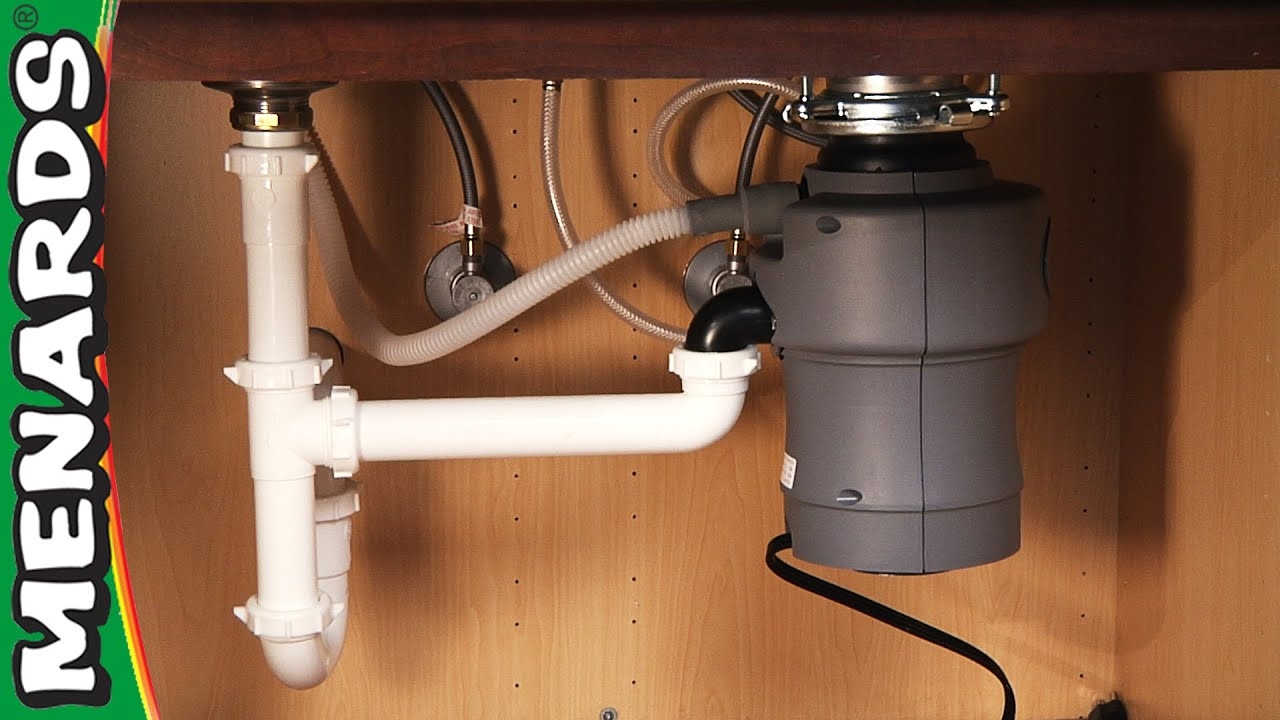 If your kitchen sink is draining slowly or not at all, there are a few things you can try before calling a professional plumber. First, try using a plunger to dislodge any blockages in the drain. You can also try using a mixture of baking soda and vinegar to break up any grease or debris in the drain. If these methods don't work, you may need to use a drain snake to physically remove the clog.
If your kitchen sink is draining slowly or not at all, there are a few things you can try before calling a professional plumber. First, try using a plunger to dislodge any blockages in the drain. You can also try using a mixture of baking soda and vinegar to break up any grease or debris in the drain. If these methods don't work, you may need to use a drain snake to physically remove the clog.
Preventing Future Drain Issues
 To avoid future problems with your kitchen sink plumbing, it's important to be mindful of what you put down the drain. Avoid pouring grease or oil down the drain, as it can solidify and cause clogs. Also, use a drain strainer to catch any food particles before they go down the drain. Regularly cleaning your drain with a mixture of baking soda and vinegar can also help prevent build-up and keep your drain functioning properly.
In conclusion, a
single drain kitchen sink plumbing not draining
can be a frustrating issue, but it's not uncommon. By understanding how your plumbing system works and taking preventative measures, you can keep your kitchen sink drain running smoothly. If the problem persists, don't hesitate to call a professional plumber for assistance.
To avoid future problems with your kitchen sink plumbing, it's important to be mindful of what you put down the drain. Avoid pouring grease or oil down the drain, as it can solidify and cause clogs. Also, use a drain strainer to catch any food particles before they go down the drain. Regularly cleaning your drain with a mixture of baking soda and vinegar can also help prevent build-up and keep your drain functioning properly.
In conclusion, a
single drain kitchen sink plumbing not draining
can be a frustrating issue, but it's not uncommon. By understanding how your plumbing system works and taking preventative measures, you can keep your kitchen sink drain running smoothly. If the problem persists, don't hesitate to call a professional plumber for assistance.




:max_bytes(150000):strip_icc()/freshen-and-unclog-drain-with-baking-soda-1900466-22-bbf940b70afa4d5abef0c54da23b1d3f.jpg)
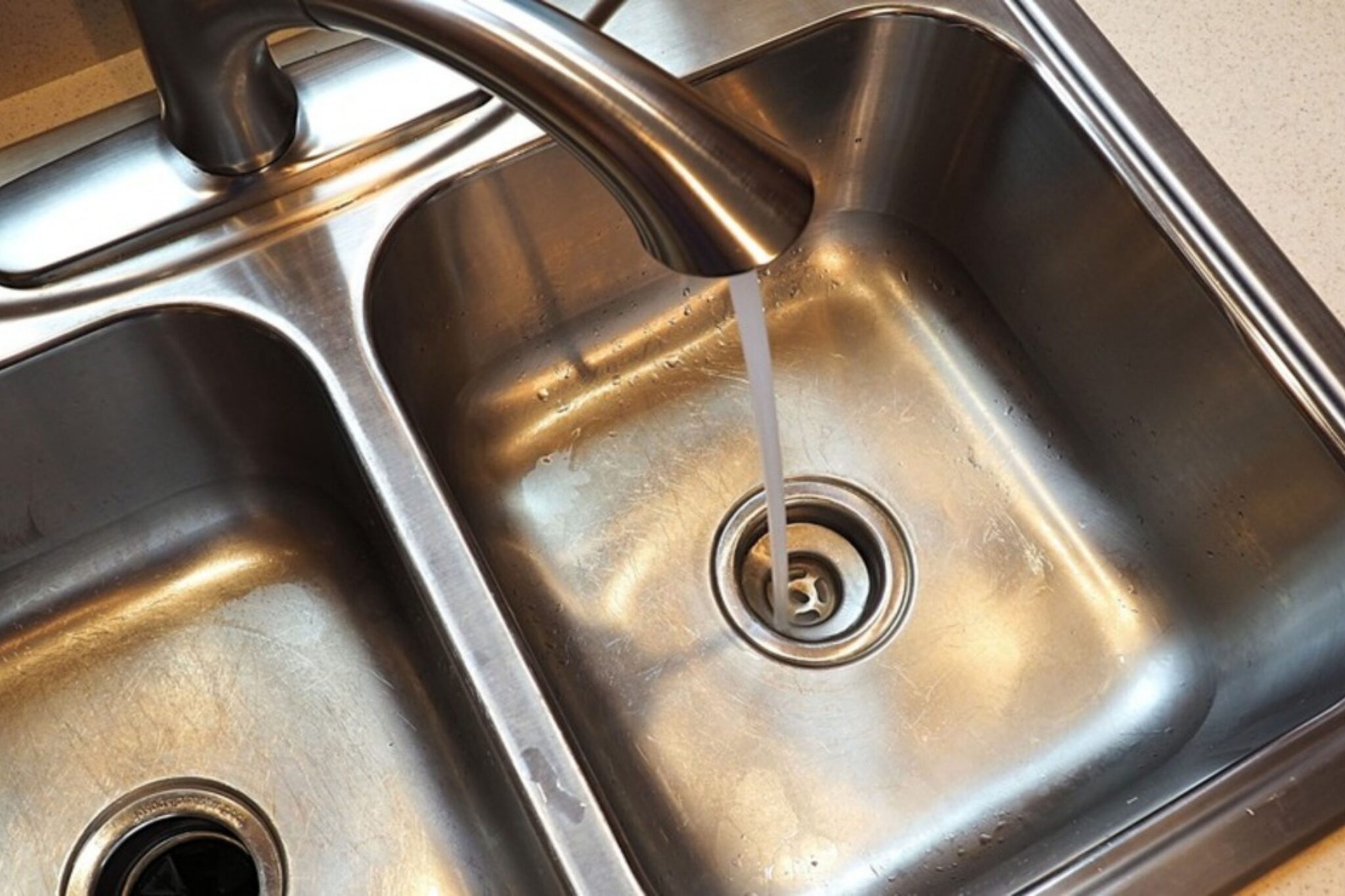
:max_bytes(150000):strip_icc()/how-to-unclog-a-kitchen-sink-2718799_sketch_FINAL-8c5caa805a69493ab22dfb537c72a1b7.png)








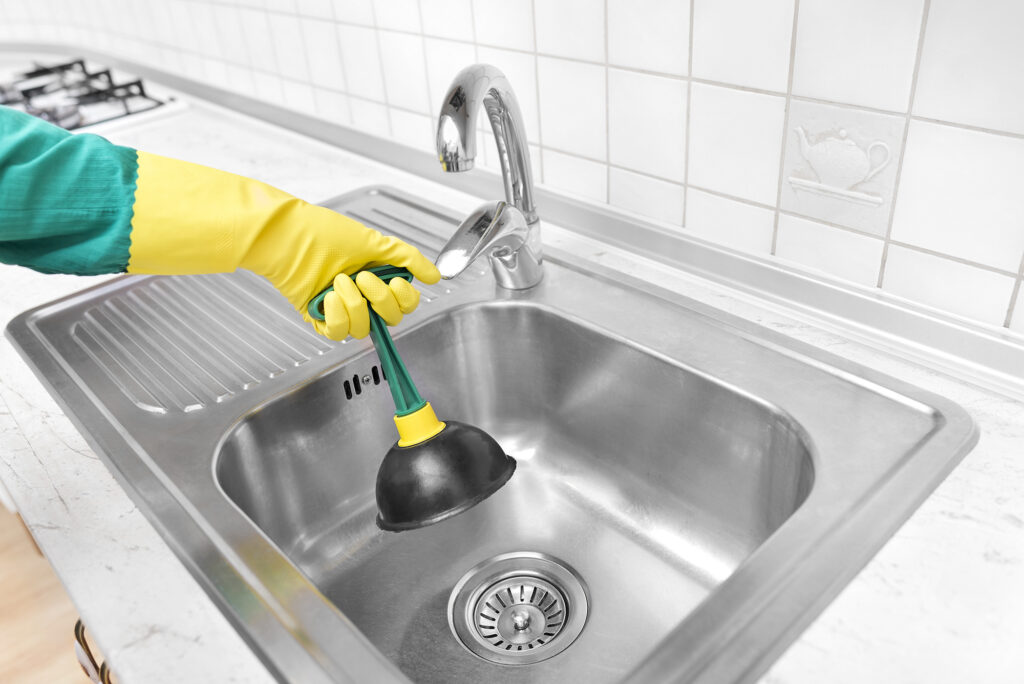
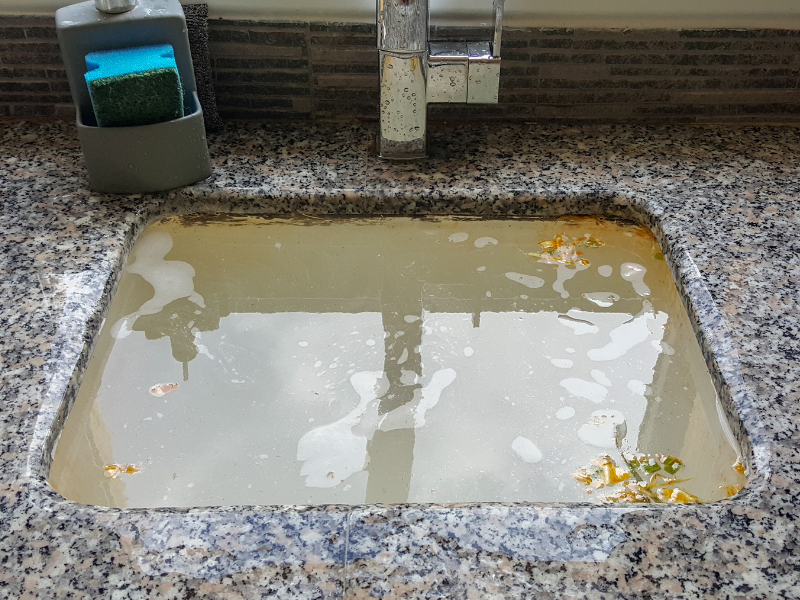
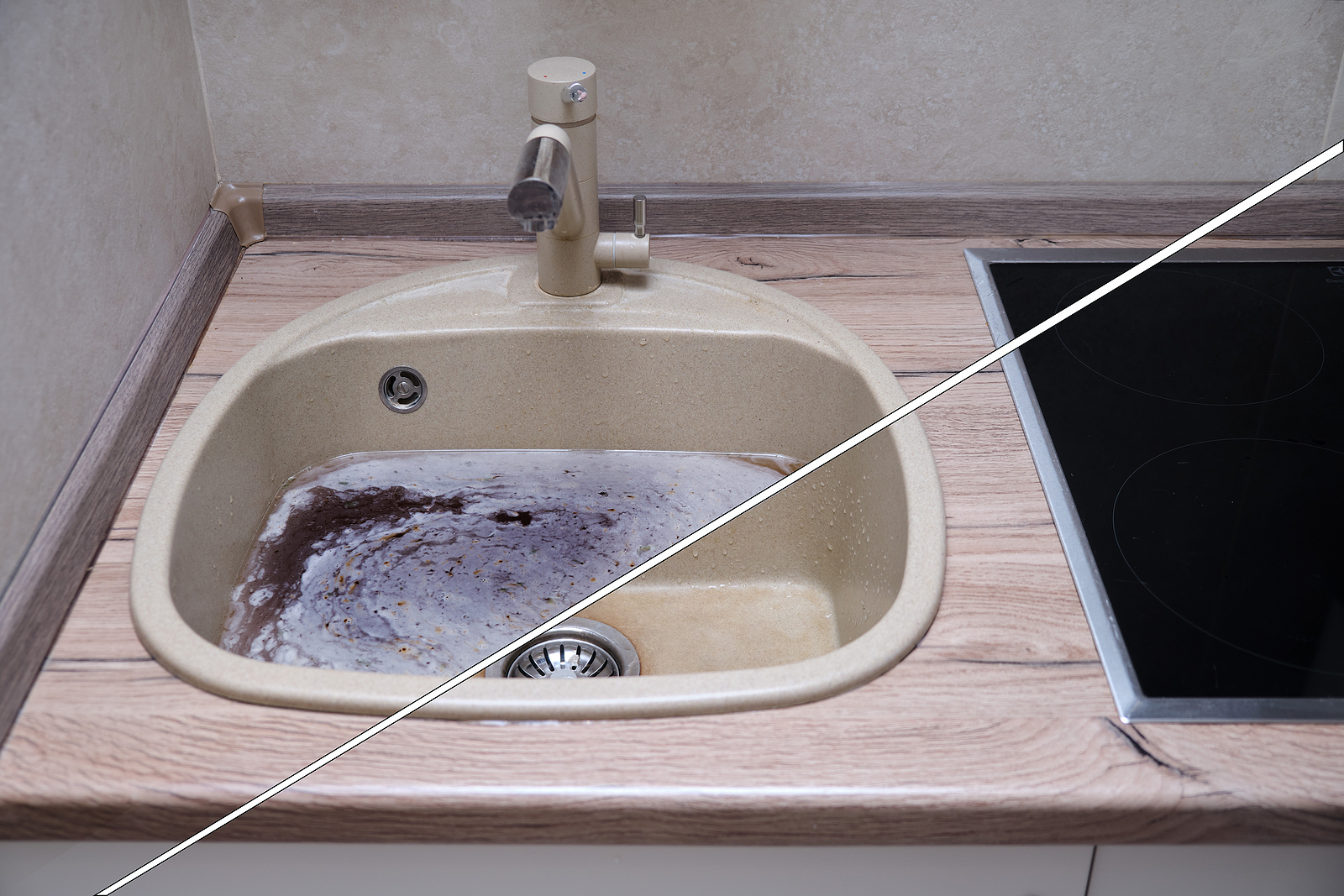
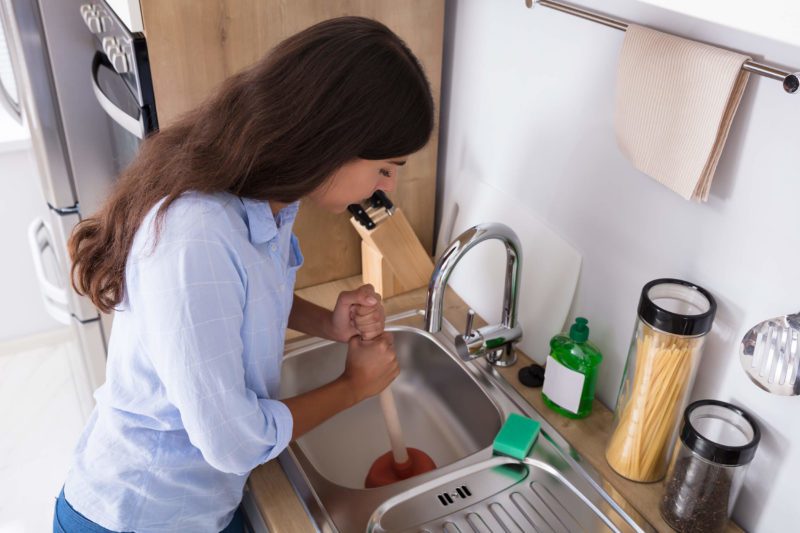



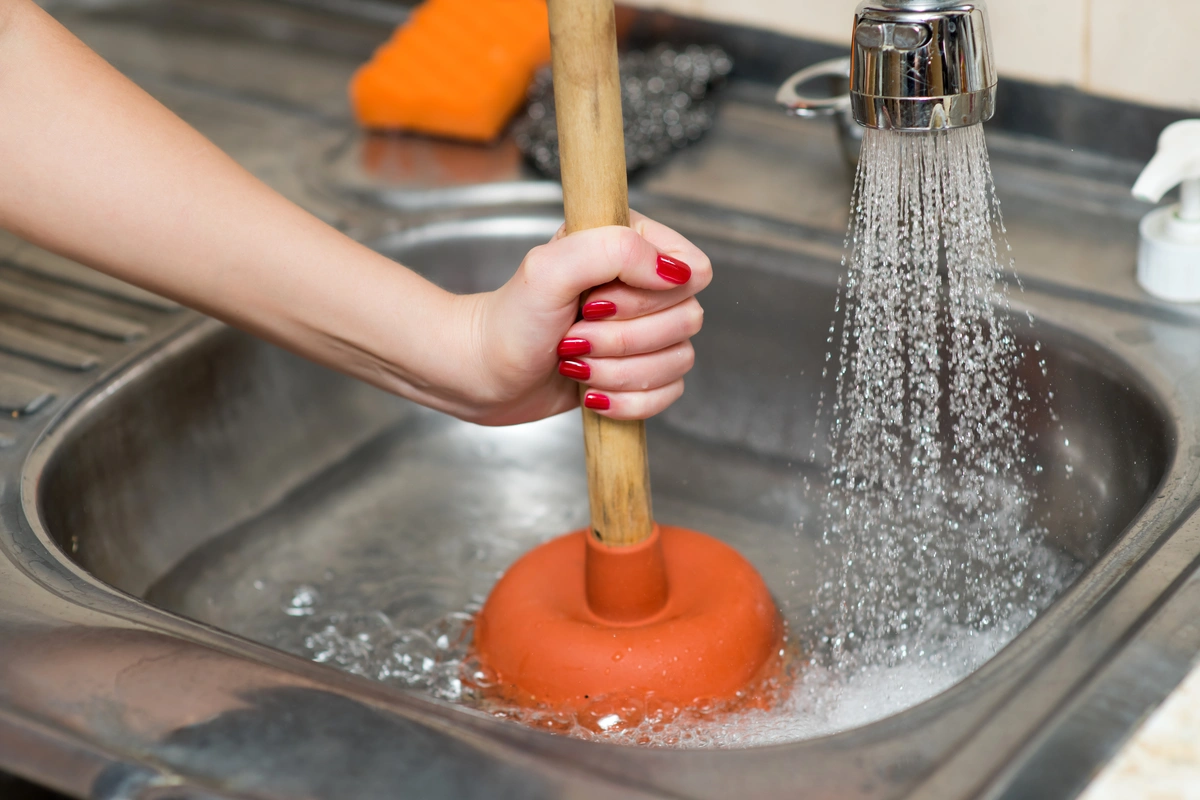
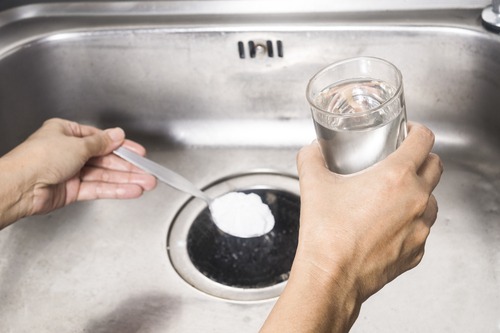

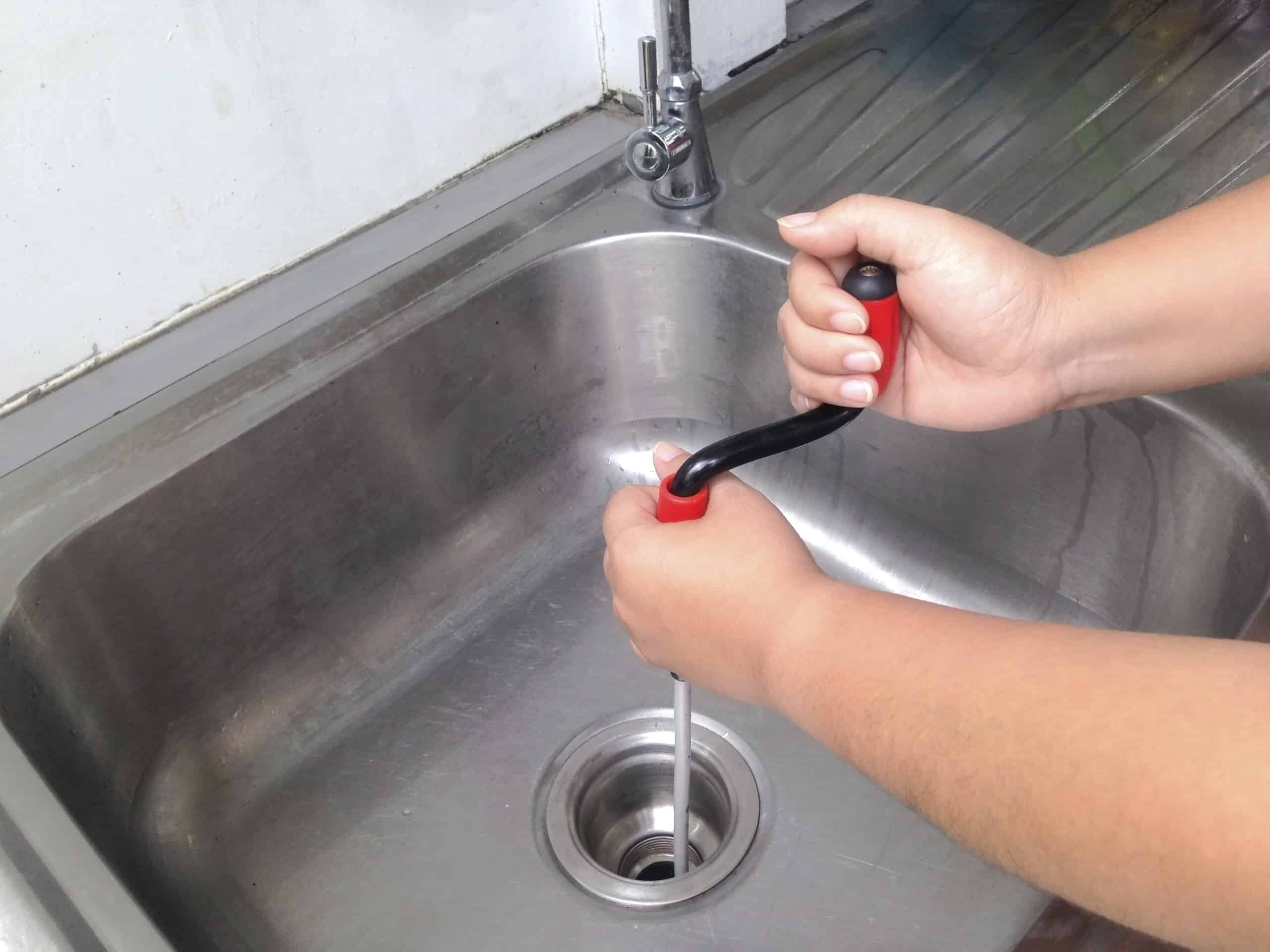








:max_bytes(150000):strip_icc()/Five-Ways-to-Fix-a-Slow-Sink-Drain-03-24c1f6dd477d46b9b5d1f70952a76933.jpg)



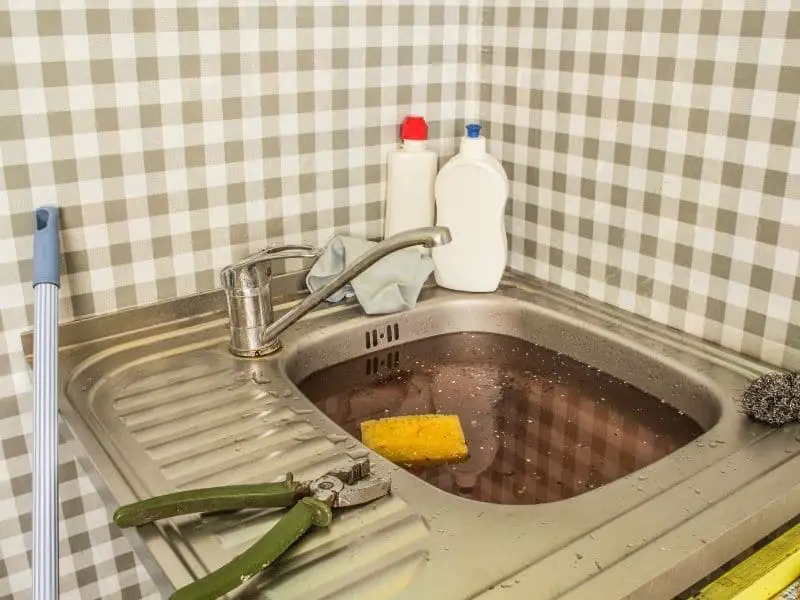






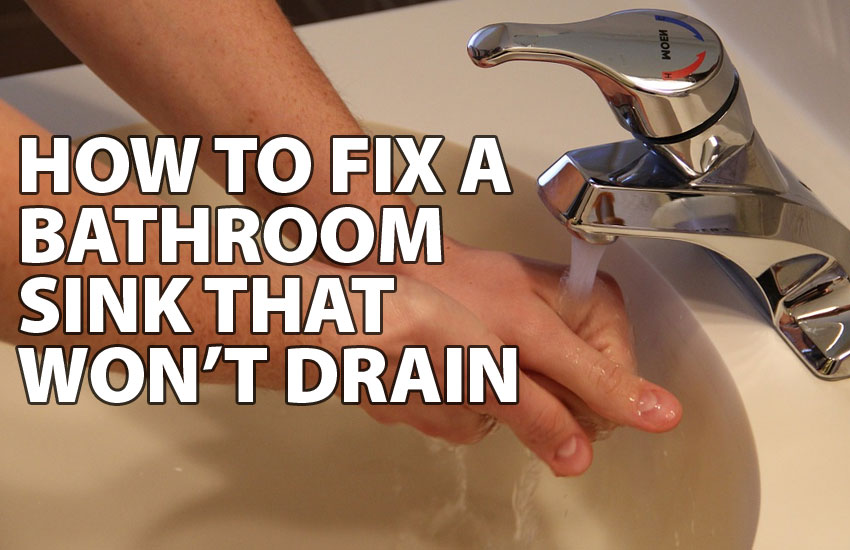





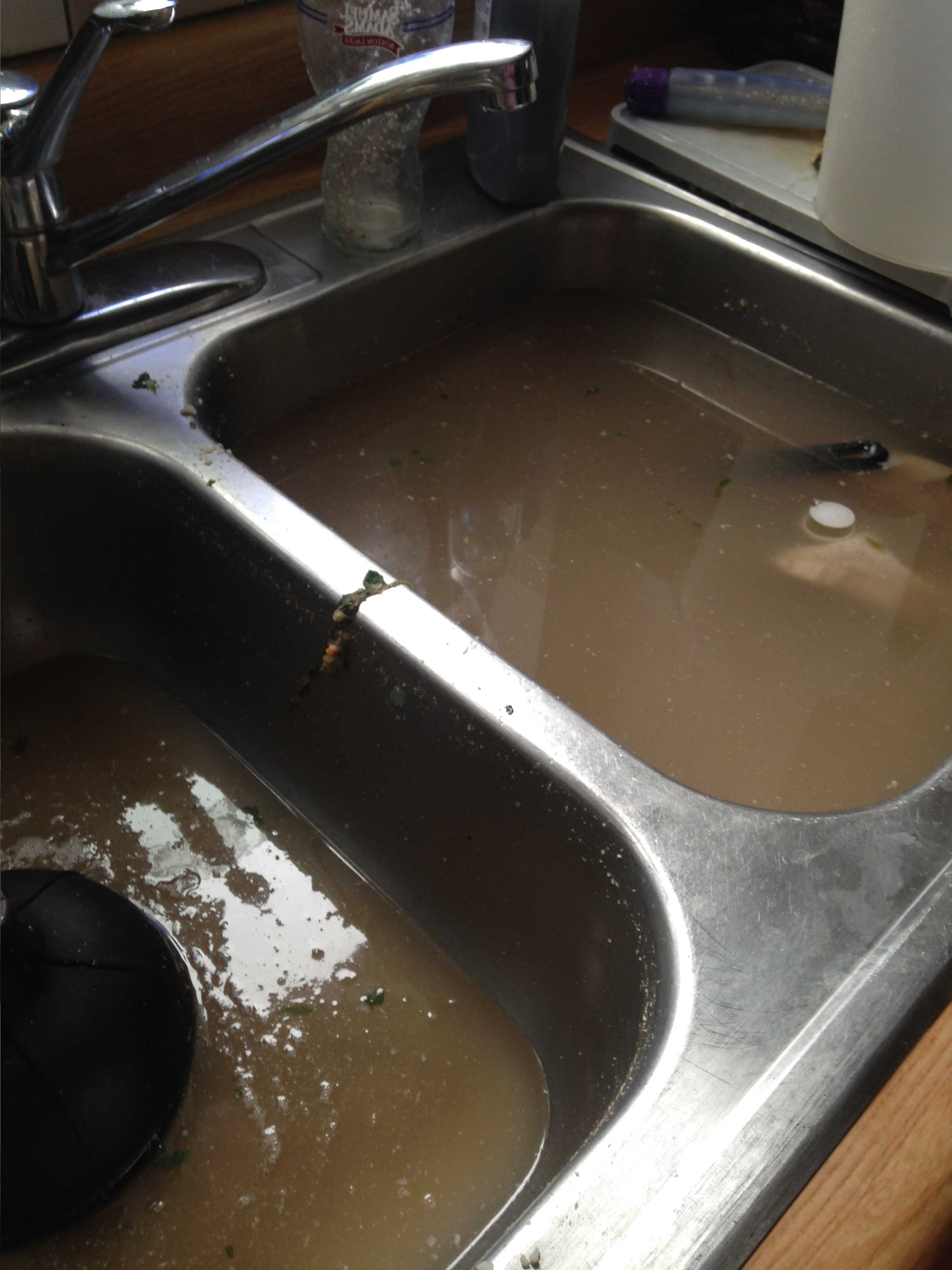






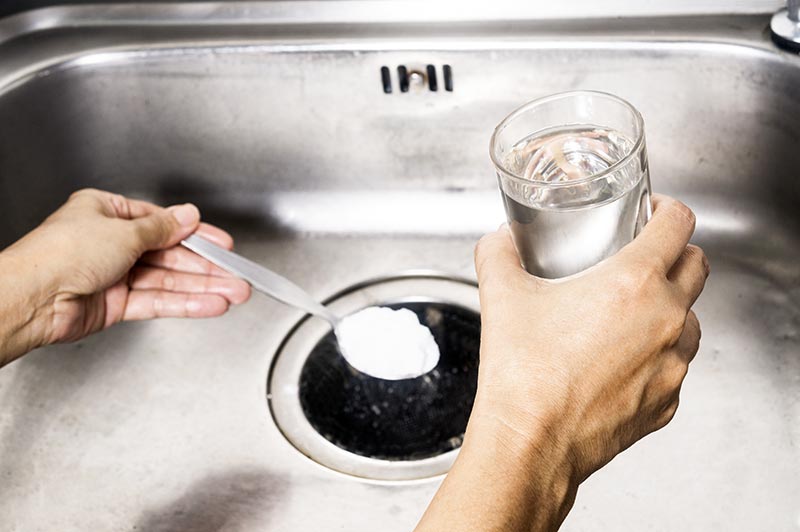










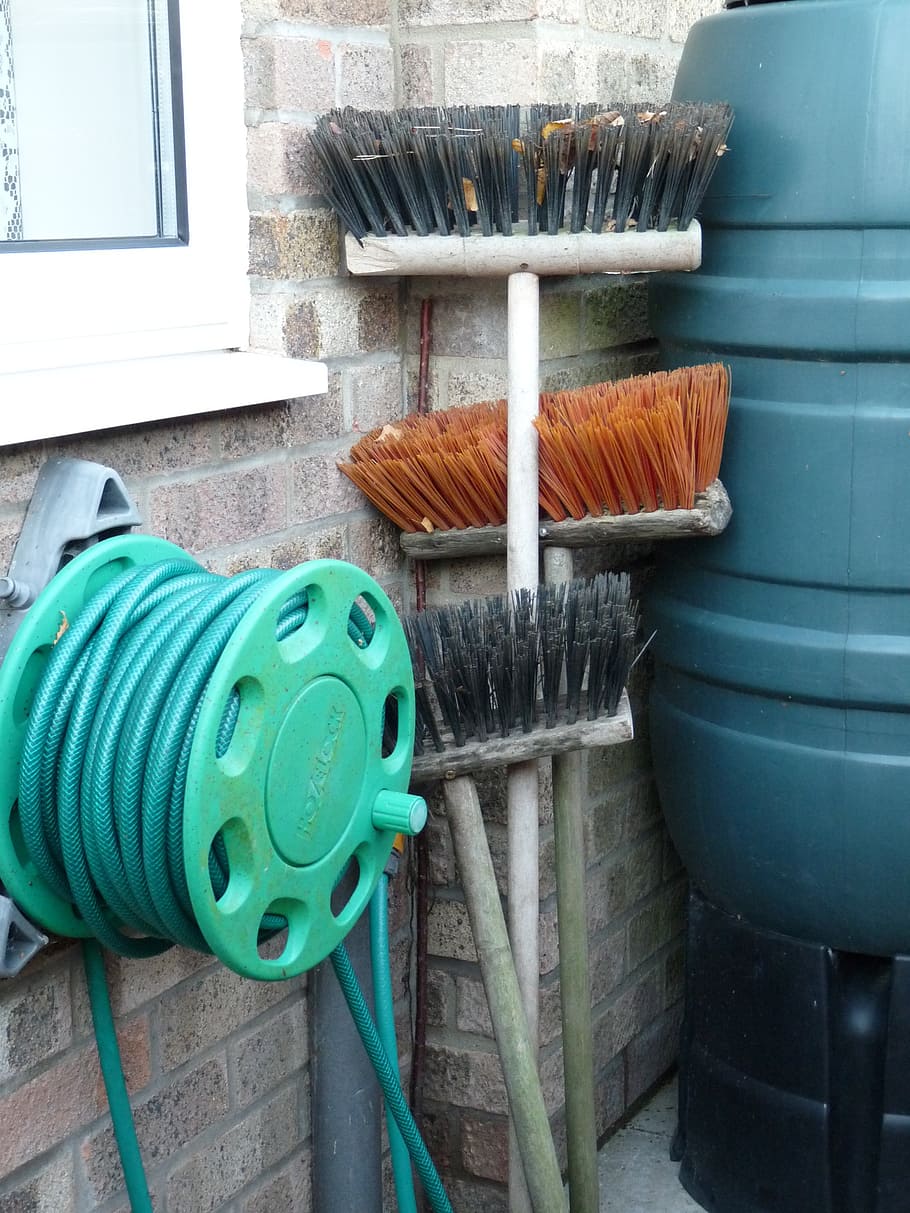






/how-to-install-a-sink-drain-2718789-hero-24e898006ed94c9593a2a268b57989a3.jpg)
:max_bytes(150000):strip_icc()/kitchen-sink-171366298-5841b8de3df78c0230af5814.jpg)






